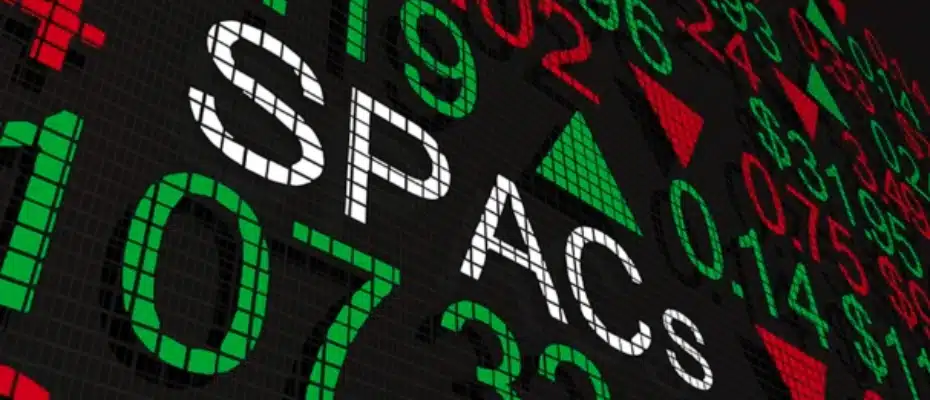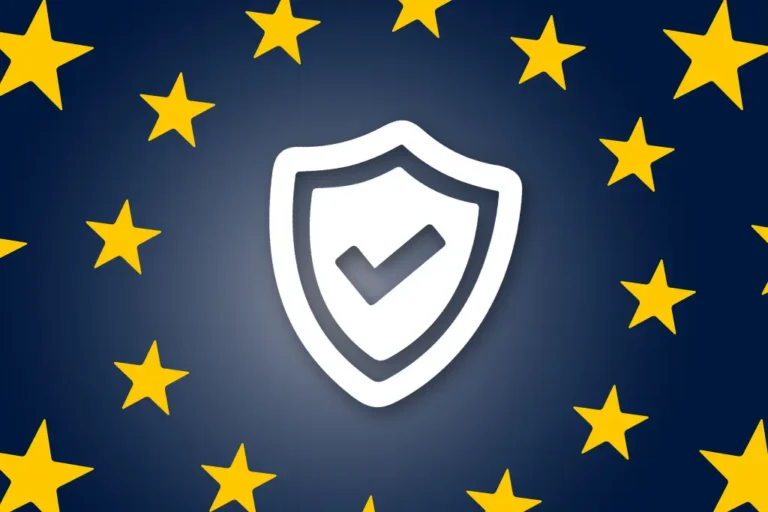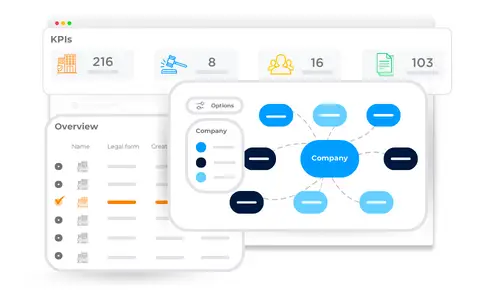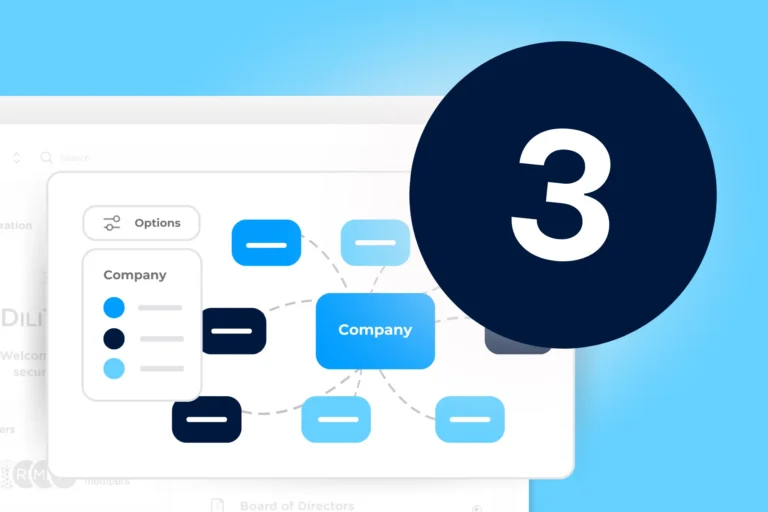Should the M&A market be concerned about the rapid emergence of SPACs? Find out in this article.
A SPAC (or “Special Purpose Acquisition Company”) is a type of company which contains no business or assets as it exists solely to raise capital on the stock market. Once the capital is raised, the company makes acquisitions. However, each SPAC advertises its business area for acquisitions and interested investors can provide funds. The company then buys a company that is not listed on the stock exchange and uses the company’s name.
The SPAC Phenomenon
SPACs are distinguished by the fact that they raise funds on the stock market in order to buy promising companies. They originally appeared in the United States, where now they are very common. In recent years, these companies have spread to Europe, where they are both attractive and questionable. At the end of 2020, the SPAC phenomenon gained momentum in France, with the stock market listing of 2MX Organic. This operation was the largest of the year, raising 300 million euros.
It must be said that the advantages of an SPAC are very real, both for investors and for companies. The latter, originally unlisted, can go public without going through the long and perilous process of an IPO. For their part, investors benefit from strong guarantees from listed companies and engage in private equity transactions. In addition, since SPACs have a large volume of cash funds, they can react very quickly and not miss any acquisition opportunities.
The Impact of SPACS
In a SPAC, the investor is primarily buying an idea. This explains why this type of company, which is a true investment vehicle, relies primarily on the reputation and skills of the various players. In the case of 2MX Organic, which succeeded in raising €300 million in funding in 2020, the success of the operation depends above all on the reputation of the players.
When a start-up wants to merge with an SPAC, it appears more convenient to go public as it is less complex in terms of procedures. The start-up can also negotiate the price with the SPAC, avoiding the often rough and tumble of a stock market listing.
M&A, Still Relevant Despite the Success of SPACs
In the face of this vast craze for SPACs, should the M&A sector fear the future? Not at all, as SPACs are in fact only a small part of fundraising for private companies.
According to a study conducted in 2020 by Deloitte, SPACs represent only 8% of the total value of transactions in the technology sector over the whole year. In the same sector, acquisitions of strategic companies account for 65% of total transactions. Although SPACs deals have soared between 2019 and 2020, they are still a minority, which should not be of particular concern. The strength of traditional M&A is not about to have its last word. According to the same study, the volume of M&A in the technology sector has increased by almost 88% in value over the year 2020, compared to 19% for traditional IPOs.
The Digitalization of M&A Processes
Between March 2018 and February 2021, the value of SPACs’ M&A deals worldwide soared from $3 billion in March 2018 to $108.5 billion in February 2021. Between January and February 2021 alone, the value of deals rose from 42 billion to 108.5 billion, a meteoric rise (Source: statista 2021).
In order to ensure that your company’s growth as well as mergers and acquisitions are developed, you need to be equipped with the best tools available on the market. The Documentation Library module of the DiliTrust Governance suite meets the need for Data Rooms, an indispensable tool in the M&A process. It reconciles performance, data confidentiality, security and RGPD compliance. ISO 27001 certified, all data is hosted in France, for even greater proximity and reliability.
? This content may also be of interest to you:.



